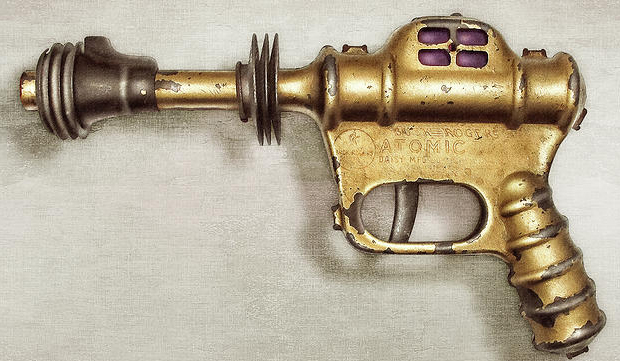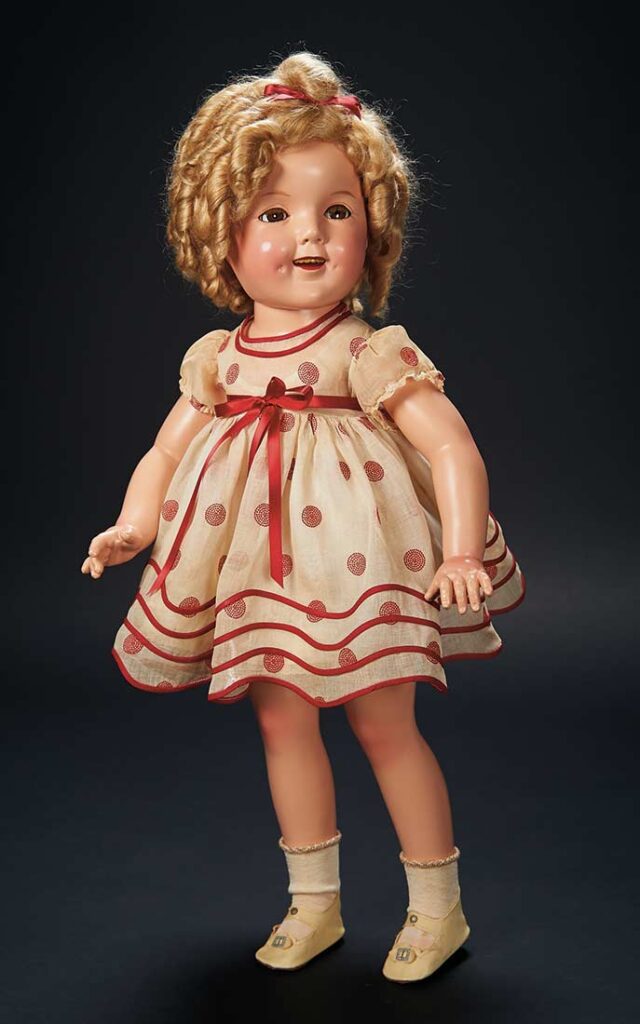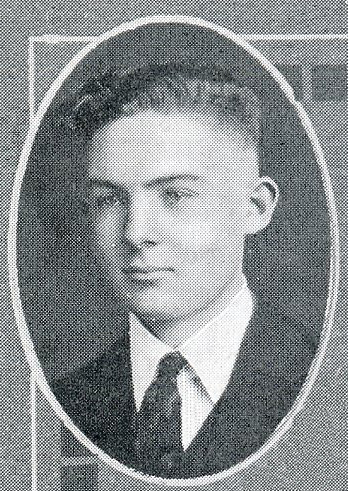“Dear Santa” is the hope-filled salutation that children begin their letters with each December. This year, like every year, Santa is sharing some of his letters with the Edwards County Sentinel. This tradition appears to have begun in 1922 with the Kinsley Mercury. What children wanted back then and they want now has changed.
One hundred years ago, many children asked Santa to bring them a book – a request that warms the heart of this library.
Nearly every child asked for nuts, candy and oranges for Christmas. I can remember my mother (who was born in 1913 into a family of meager means) told me that she always got a fresh orange and nuts. If you found an orange in the toe of your stocking it was considered a real treat, a luxury shipped in from some faraway place, exotic place called Florida.
Oranges also may have been inspired by a legend of St. Nicholas who once gave three gold balls to a poor man whose daughters couldn’t marry because he couldn’t afford their dowries. The tale says that St. Nicholas tossed the gold balls down the man’s chimney, where they ended up in the daughters’ stockings, which were drying by the fire. Later in history, people began to honor this story and the saint by gifting oranges instead of spheres of gold. Santa always gave me, and later my own children, an orange in our stockings.
A survey of some of these early letters finds that little boys wanted Tinker Toys, Lincoln Logs, cowboy suits, and steam engines. Many requested some type of gun, from cork guns to Buck Rogers toy guns, to BB, pump, and shot guns. There were requests for skates, sleds, electric trains and bicycles. Keith King wrote, “I want a farm, I’ll take a boat.”

In 1922, Harvey Shafer asked for a “basketball bladder” which harkens back to a time when the outside of a basketball was stitched leather that covered a rubber bladder inside.
Many little girls in 1934 and 1935 wanted a Shirley Temple doll. I wonder in the midst of the hard economictimes how many were disappointed on Christmas morning? Other girls wanted rubber dolls with moveable eyes, doll buggies, doll dishes. Four Centerview girls (Marcia Brown, Marcia Dimmick, Enola McClaren, and Valeta B. Derley) all wanted xylophones. I wonder if that was their favorite rhythm instrument at school.
In 1933, Norma C. Lewis wrote, “I am a little girl and I have tried to be good. I wish you would bring me a Teddy Bear and a set of dishes. Also a table and 4 chairs if you will have room in your sack for them all.”
Seven-year-old Junior Kleysteuber reflected on the times when he wrote in 1932, “Dear Santa, I hope the depression has not hit you, like it has most of us, for I would like a few toys, and candy, nuts and oranges. Don’t forget mother and father.”
Today’s child usually does not hide the disappointment whenever a gift of clothing is unwrapped. Not so, back then. Requests for overcoats, shoes, gloves, caps, overalls, and slippers all appear in the letters. Lida Mae Titus wanted something a little more special, “a fluffy dress”.
Many of you are familiar with the quotation, “Yes, Virginia, there is a Santa Claus” that New York Sun editor, Francis Church, famously wrote to answer a little girl’s question in 1897. Twenty-five years later, Kinsley also had a newspaper man, Jay Baugh, defending Santa. He was a member of the KHS Class of 1922 and the editor of the KHS Breezes (school newspaper).
Jay also wrote for the Kinsley Mercury. In the Dec. 21, issue, he wrote the following:
There is a Santa Claus
The Letters on Another Page Prove It
He Will Reimburse Them in His Own Good Way
“Who can read the letters to Santa Claus from the kiddies of this community, that are printed in this issue and then have the audacity or the nerve to tell the youngsters that there is no Santa Claus, and that Christmas is a joke?
“Each of those letters tells its own story of love of the unseen—the mythical—and of undaunted faith that can not be destroyed by the mere words of mere men—that exists in the minds of each of those young writers. The simplicity of the faith that each one has unconsciously expressed in his letter to “Santa” is really great in its portrayal of the childhood dreams, desires and general trend of thoughts. It gives a far keener insight into the personality of childhood than any grown person can write, regardless of his authority.
“We have heard people say that it is rank foolishness and deception to allow children to believe that Santa Claus is really in existence, but it is that to try to destroy that belief, for he does exist in the mental form.
“Santa Claus is a mental being, the symbol of love and fellowship—in short, everything that tends to make men love one another. What matter if he doesn’t come down the chimney? That doesn’t prove that there isn’t any Santa Claus. It is only the fancy that makes the mental status comprehensible to the mind of the child. If he were told that Santa Claus was a mental being, he would know even less about it than he did before, and his faith in everything, including humanity, would be shaken, due to the doubts which would fill his mind.
“Tell the kiddies there is a Santa Claus who represents all that is good. They like to hear it and you will like to tell it to them. You will be building the foundation upon which, in time, the essentials of real manhood and womanhood will come to exist.”
Jay graduated and became the youngest newspaper editor in Kansas when he purchased the Montezuma Press in 1923. That year he married his high school sweetheart, Ethel Payne, a junior at KHS. They had one child before she died in 1926.
Jay would move on to Montezuma and own the Johnson Pioneer. His career spanned 50 years and earned him the title, the “Dean of Southwest Kansas Newsmen.” He died in January, 1973 and is buried in Dodge City.
The Kinsley Board and staff hopes that all of you find an orange in your stocking and that you have a very Merry Christmas and the Happy New Year


